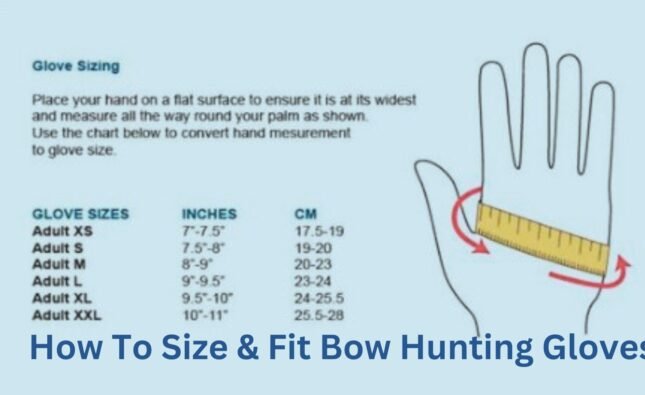In today’s digitally proficient world, touchscreens have become an important part of our daily lives. Whether it’s our smartphones, tablets, or many other devices, touchscreens allow us to connect with technology efficiently. But, in cold weather, using touchscreens with regular gloves can be a irritating experience. Touchscreen-compatible gloves come to help in this situation. In this article, we will dive into the science behind these advanced gloves that allow us to stay connected without compromising on the cold weather.
Understanding Capacitive Touchscreens:
To understand how touchscreen-compatible gloves work, it’s important to know the technology behind capacitive (Digital) touchscreens. Capactive touchscreens work differently from protected touchscreens. Instead of detecting pressure, they trust on the electrical properties of the human body to sense touch. The surface of these screens is covered with a conductive material, typically indium tin oxide (ITO). When you touch the screen with your finger, it generates an electrical connection that triggers the desired action.
The Challenge with Regular Gloves:
Normal gloves, particularly those made from materials like wool or leather, are very good insulators that keep our hands warm during winter. However, these insulating properties also stop the transfer of electrical signals from our fingers to the touchscreen. As a result, using a regular glove on a capacitive touchscreen becomes ineffective as it cannot complete the electrical circuit required for touch recognition.
The Science Behind Touchscreen-Compatible Gloves:
Touchscreen-compatible gloves are designed to overcome this problem by combining conductive materials into their construction. The fingertips of these gloves are infused with conductive threads or fabrics, such as silver-coated nylon or copper yarn. These conductive elements mimic the electrical properties of the human skin, enabling the transfer of electrical signals from the fingers to the touchscreen.
Conductive Materials Used in Touchscreen-Compatible Gloves:
a. Silver-Coated Nylon: Silver is an excellent conductor of electricity and is often used in touchscreen-compatible gloves. The silver-coated nylon threads woven into the fingertips establish a conductive pathway, facilitating touchscreen interaction.
b. Copper Yarn: Copper is another highly conductive material used in these gloves. Copper yarn is both flexible and efficient at transferring electrical signals, making it an ideal choice for touch-enabled gloves.
c. Conductive Carbon: Some gloves utilize conductive carbon threads, which have properties similar to metals like silver and copper. Carbon-based materials offer durability and flexibility, making them a reliable option for touchscreen functionality.
Precision and Responsiveness:
Effective touchscreen-compatible gloves are designed to maintain the sensitivity and precision of touchscreens. Manufacturers carefully calibrate the amount of conductive material in the gloves to ensure optimal responsiveness without compromising on warmth or comfort. This calibration is essential to provide users with an experience similar to using their bare fingers on the screen.
Multi-Touch Capability:
As technology has evolved, so have touchscreen-compatible gloves. Advancements in materials and design have made it possible for modern touchscreen gloves to support multi-touch gestures. Whether it’s pinching to zoom, swiping, or tapping, these gloves can now execute a wide range of commands on capacitive touchscreens.
Compatibility Across Devices:
One of the advantages of touchscreen-compatible gloves is their compatibility with various touchscreen devices, including smartphones, tablets, smartwatches, and GPS units. The conductive materials used are universal, ensuring seamless interaction across multiple devices and brands.
Conclusion:
Touchscreen-compatible gloves have become indispensable accessories for those living in colder climates. The science behind these gloves is based on the clever integration of conductive materials, enabling users to stay connected without sacrificing comfort. As technology continues to advance, we can expect even more innovative solutions to keep our hands warm while navigating our touchscreen devices effortlessly. So, the next time you slip on a pair of touchscreen-compatible gloves, you’ll have a deeper appreciation for the science that allows you to stay connected in the coldest of winters.



